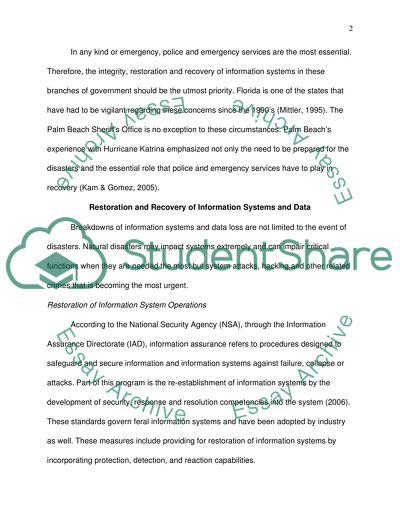Cite this document
(Restoration and Recovery of Information Systems and Data Case Study, n.d.)
Restoration and Recovery of Information Systems and Data Case Study. https://studentshare.org/information-technology/1519439-restoration-recovery-plan
Restoration and Recovery of Information Systems and Data Case Study. https://studentshare.org/information-technology/1519439-restoration-recovery-plan
(Restoration and Recovery of Information Systems and Data Case Study)
Restoration and Recovery of Information Systems and Data Case Study. https://studentshare.org/information-technology/1519439-restoration-recovery-plan.
Restoration and Recovery of Information Systems and Data Case Study. https://studentshare.org/information-technology/1519439-restoration-recovery-plan.
“Restoration and Recovery of Information Systems and Data Case Study”. https://studentshare.org/information-technology/1519439-restoration-recovery-plan.


